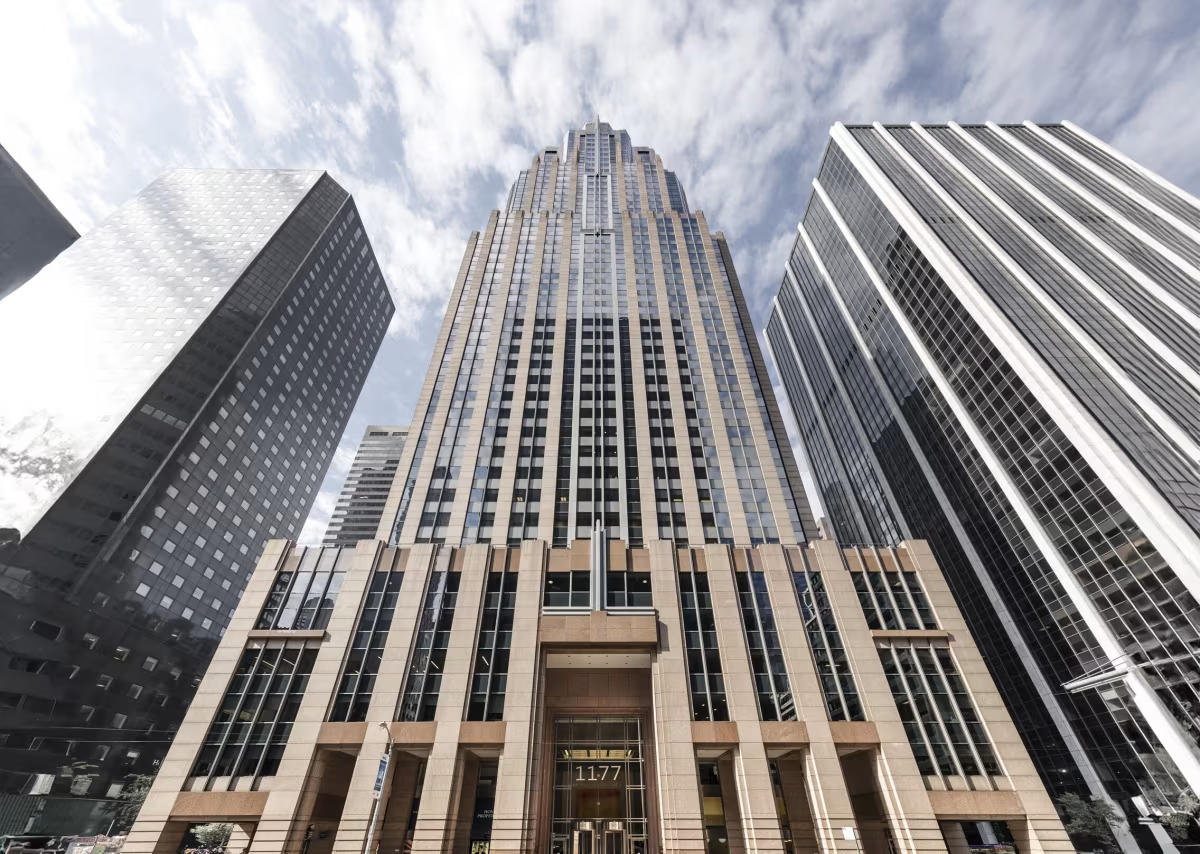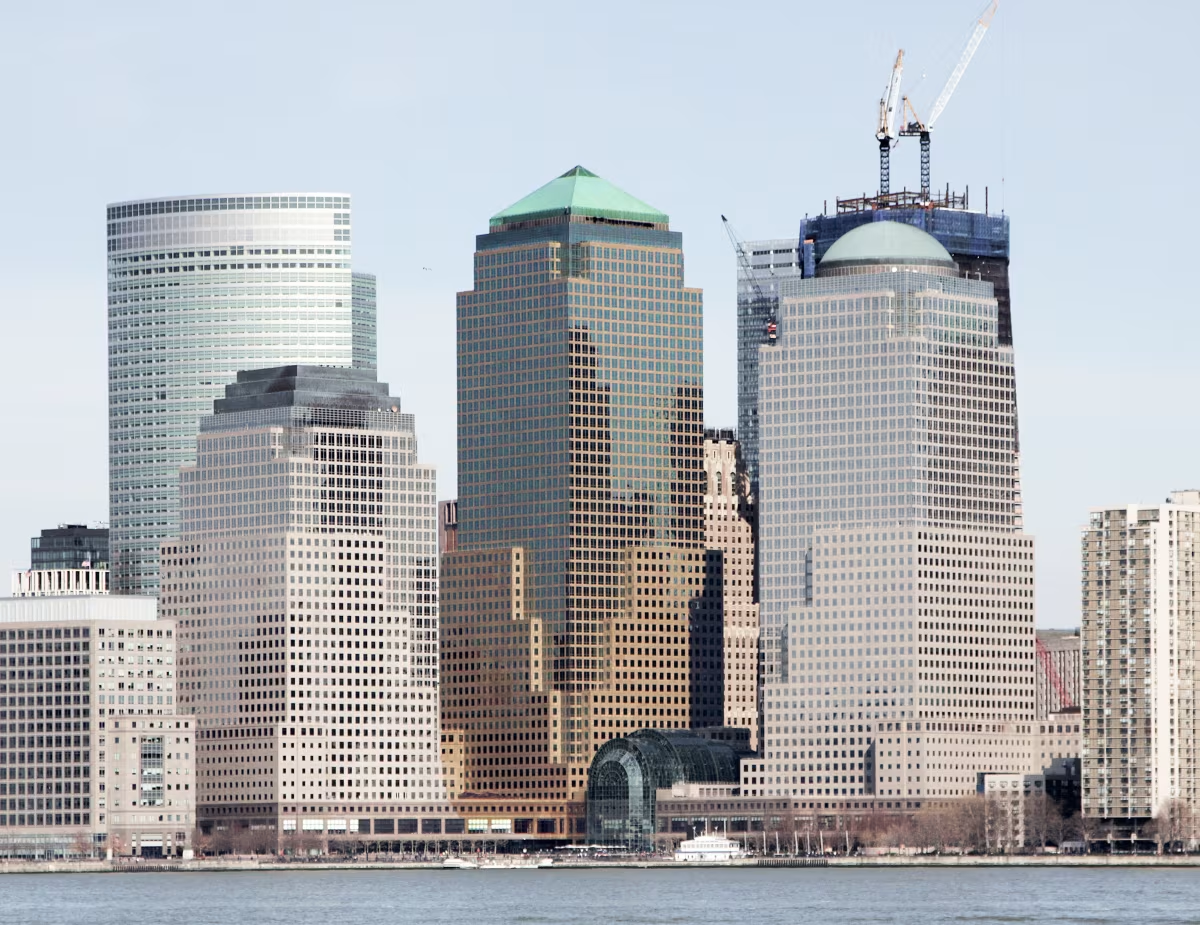Americas Tower vs 200 Vesey Street Building


Comparing the Americas Tower and the 200 Vesey Street Building is interesting because they both rise in New York, NY, yet they were conceived by two different design teams, Swanke Hayden Connell Architects and Cesar Pelli & Associates, and were completed at different points in time. They were finished more than 6 years apart.
This contrast within the same city allows us to see how different creative minds interpreted the evolving needs of New York across time.
Let's take a closer look!
Height & Size
These two towers present an interesting contrast in their proportions. The Americas Tower rises higher at 692ft (211m), while the 200 Vesey Street Building reaches 0ft (m). However, the 200 Vesey Street Building accommodates more floors with 51 levels above ground, compared to 48 floors in the Americas Tower.
This suggests different approaches to interior space design. The Americas Tower has an average floor-to-floor height of approximately 4.4m, while the 200 Vesey Street Building has more compact floors averaging around 0m each. The taller building's more generous floor heights might indicate grander interior spaces, higher ceilings, or different programmatic requirements.
These different proportions likely reflect the specific needs each building was designed to serve, whether driven by zoning regulations, client requirements, or the intended use of the spaces within. The contrast shows how architects can achieve different spatial experiences even when working with similar overall building scales.
Architectural Style
Both the Americas Tower and the 200 Vesey Street Building were designed in line with the aesthetic conventions of the Postmodernism style.
The Americas Tower was designed at a moment when the Postmodernism style was already in decline, making it more of a lingering expression of the movement. In contrast, the 200 Vesey Street Building style was already in decline, making it more of a lingering expression of the movement. In contrast, the 200 Vesey Street Building was built when the style still carried greater cultural weight.
Uses
Both the Americas Tower and the 200 Vesey Street Building were designed to serve as commercial towers, and that has remained their main use since their completion, serving similar roles in the urban fabric.
The 200 Vesey Street Building also provides 800 parking spaces.
Structure & Facade
Both the Americas Tower and the 200 Vesey Street Building rely on a Frame structural system.
A frame structure uses a grid of columns and beams to carry the building's loads. This frees the walls from structural duties, allowing for flexible floor plans and larger windows.
They also employ the same type of facade, a Curtain Wall facade.
A curtain wall is a non-load-bearing facade hung from the structural frame. It is anchored to floor slabs and transfers only its own weight and wind loads, allowing for sleek, glassy exteriors.
| Americas Tower | 200 Vesey Street Building | |
|---|---|---|
| Swanke Hayden Connell Architects | Architect | Cesar Pelli & Associates |
| 1989 | Construction Started | 1985 |
| 1992 | Year Completed | 1986 |
| Postmodernism | Architectural Style | Postmodernism |
| Commercial | Current Use | Commercial |
| 48 | Floors Above Ground | 51 |
| 86,771 m² | Usable Area (m²) | 195,000 m² |
| Frame | Structure Type | Frame |
| Steel | Vertical Structure Material | Steel |
| Concrete And Steel | Horizontal Structure Material | Concrete And Steel |
| No | Facade Structural? | No |
| Granite, Glass | Main Facade Material | Granite, Glass |
| Americas Tower Partners | Developer | Brookfield Properties |
| Thornton Tomasetti | Structural Engineer | Thornton Tomasetti |
| NY | State | NY |
| New York | City | New York |
| 1177 6th Avenue | Address | 200 Vasey Street |